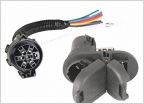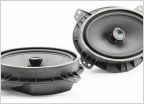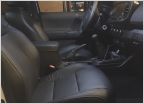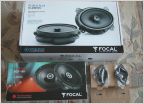-
Welcome to Tacoma World!
You are currently viewing as a guest! To get full-access, you need to register for a FREE account.
As a registered member, you’ll be able to:- Participate in all Tacoma discussion topics
- Communicate privately with other Tacoma owners from around the world
- Post your own photos in our Members Gallery
- Access all special features of the site
Front Lockers On 3rd gen
Discussion in '3rd Gen. Tacomas (2016-2023)' started by nate_the_reptile, Oct 22, 2017.
Page 4 of 6
Page 4 of 6


 Apple CarPlay 2017 Taco
Apple CarPlay 2017 Taco 2021 Tacoma SR 2.7 trailer wiring / brake controler
2021 Tacoma SR 2.7 trailer wiring / brake controler TacomaBeast stereo upgrade
TacomaBeast stereo upgrade 2020 TRD Off Road Interior Lighting
2020 TRD Off Road Interior Lighting Speaker Upgrade
Speaker Upgrade For the Dog owners
For the Dog owners












































































